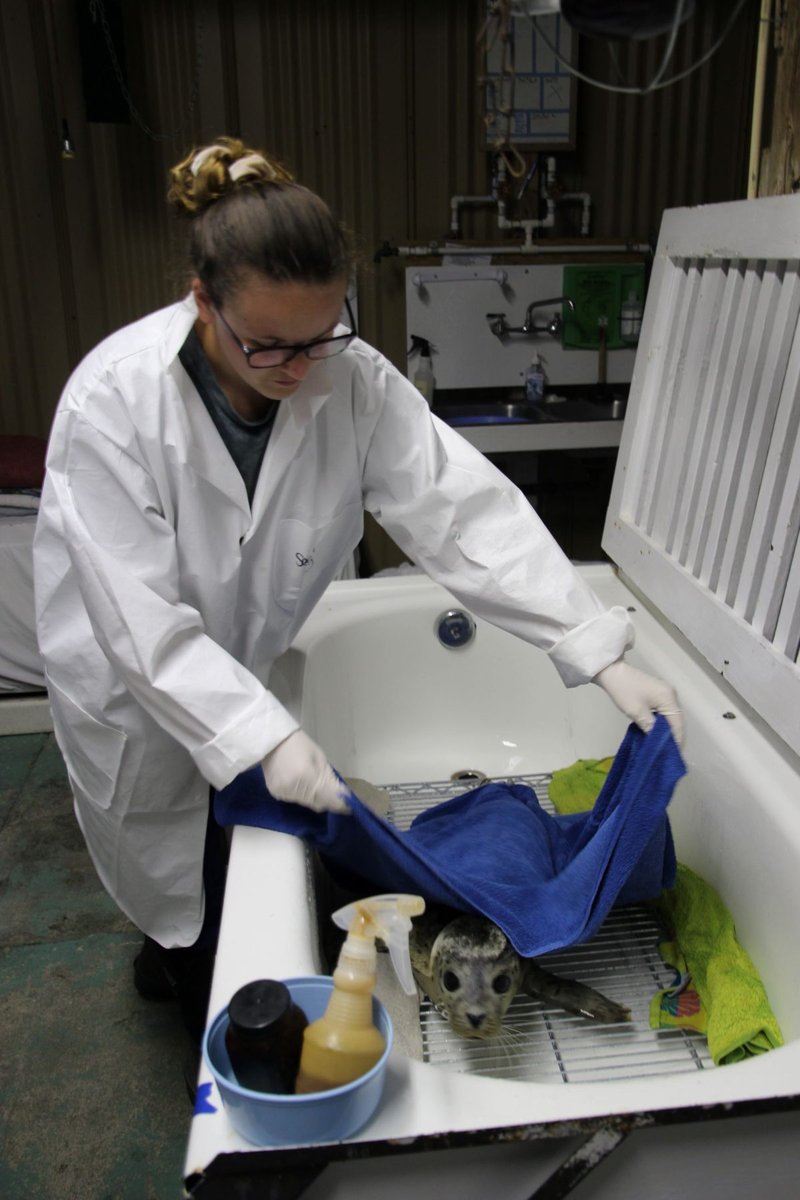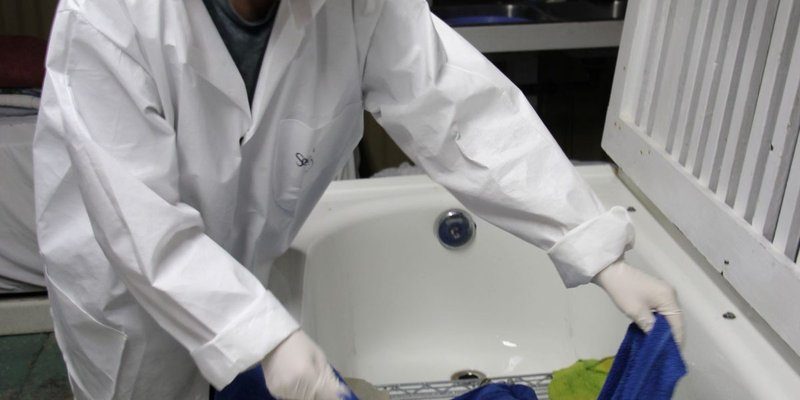
Wolf worms, or *Cuterebra*, are not your average worms; they’re fly larvae that invade small mammals, particularly rodents. The entire process is fascinating and a bit creepy at the same time. Just when you think you’ve seen it all in wildlife care, along comes a creature that’s been living inside another animal, making things much more complicated. So, how do these dedicated and often unsung heroes handle something as tricky as wolf worms? Let’s dive in.
What Are Wolf Worms?
Wolf worms are the larvae of the botfly, specifically the genus *Cuterebra*. These larvae typically find their way into small mammals like rabbits and rodents. When a female botfly lays her eggs, the larvae hatch and attach to the skin of their host—think of it as a real-life version of a sci-fi horror movie. Once they burrow in, they can grow and develop, causing discomfort or even serious health issues for the host animal.
Wildlife rehabilitators often encounter these larvae during their routine health checks. Detecting wolf worms early is crucial because, like any parasite, they can significantly impact the animal’s health. If not treated, the infestation can cause infections and other complications. You might wonder how a rehabilitator even identifies these little invaders; it usually involves a careful examination of the skin or even noticing odd behavior in the animal.
How Do Wildlife Rehabilitators Recognize Wolf Worm Infestations?
Identifying a wolf worm infestation isn’t always straightforward. Wildlife rehabilitators are trained to look for specific signs. Some telltale signs include swelling or irritation on the skin. Often, a small, fleshy lump may appear where the larvae are burrowed.
To recognize an infestation, rehabbers usually perform a thorough physical examination of the animal. They might notice that the animal is unusually lethargic, has difficulty eating, or shows signs of distress. These symptoms alert them to investigate further. Once they suspect a wolf worm infestation, they can take the necessary steps to confirm it.
Often, the confirmatory step involves gently palpating the lump to see if it feels soft or mobile, which suggests there’s something alive inside. It’s a bit gross, but the rehabilitators gently squeeze the area to see if the larvae will come out. It’s a delicate balance between ensuring the animal’s safety and effectively addressing the issue at hand.
What Treatment Options Are Available for Wolf Worm Infestations?
Once a wolf worm infestation is confirmed, wildlife rehabilitators have a few treatment options. The first step typically involves safely removing the larvae from the animal’s body. This can be a sensitive procedure. If done too forcefully, it may injure the animal.
Here’s how the process usually goes:
- Cleaning the area: The rehabilitator cleans the skin around the larvae with an antiseptic solution to prevent infection.
- Extraction: They carefully extract the larvae using tweezers or forceps. Timing and technique are vital here to ensure the larvae come out whole.
- Post-removal care: After extraction, the site is monitored for any signs of infection. The rehabilitator might apply topical antibiotics as a preventive measure.
In cases where the larvae are deeply embedded, surgical intervention might be necessary. This involves a veterinarian, as these situations can be tricky and require more advanced medical techniques. It’s a group effort—wildlife rehabilitators and veterinarians work together, each playing their part to help the animal recover.
Why Is It Important to Treat Wolf Worm Infestations?
Treating wolf worm infestations goes beyond merely removing parasites; it’s about restoring the animal’s health and allowing it to thrive in the wild again. Unchecked infestations can lead to serious health complications, and even death, in more severe cases.
Here’s the thing: wildlife rehabilitators are often tasked with returning animals back to their natural habitats. If an animal isn’t treated for a wolf worm infestation, it may not survive or be able to fend for itself. This can disrupt the balance of local ecosystems, making it vital to act quickly and effectively.
Additionally, rehabilitators play an essential role in public awareness and education. By addressing issues like wolf worms, they can inform the community about wildlife health and conservation, potentially preventing future infestations from occurring in local populations.
Preventive Measures Against Wolf Worms
Preventing wolf worm infestations can save a lot of trouble for wildlife rehabilitators and the animals they care for. One of the primary preventive measures is regular health checks for wildlife. When animals are regularly monitored, any signs of infestation can be caught early, making treatment easier.
Additionally, if you’re involved with wildlife care on any level, educating yourself and others on habitat management is crucial. Healthy ecosystems can better withstand parasites, so practices that preserve the natural environment can be beneficial. For instance, ensuring small mammal populations are stable can minimize stress on these animals and reduce their susceptibility to parasitic infections.
It’s also important for wildlife rehabilitators to share knowledge with the community. Rehabilitators can run workshops or create informational materials that explain how to recognize signs of wolf worm infestations. This not only helps animals in immediate danger but also raises awareness about wildlife health.
The Role of Collaboration in Wildlife Rehabilitation
Wildlife rehabilitation is rarely a solo act. It involves teamwork, from veterinarians to volunteers, and even the local community. When it comes to handling wolf worms, collaboration is essential.
Rehabilitators often work alongside veterinarians for complex cases. This teamwork ensures that a rehabilitator’s hands-on approach can complement the veterinary expertise needed for surgical extractions or advanced treatments. Sharing knowledge and skills leads to better outcomes for the animals in their care.
Moreover, collaboration extends into the community. Local individuals can often help identify and report sick or injured animals. When the community is aware and engaged, wildlife rehabilitators can respond more effectively, ensuring that issues like wolf worms are tackled promptly.
Dealing with wolf worms may not be the first thing you think of when considering wildlife rehabilitation. Yet, it’s just one of the many challenges these dedicated individuals face daily. From recognizing the signs of infection to successfully treating them and educating the public, wildlife rehabilitators play a vital role in maintaining the health of local ecosystems.
The work involves not just medical care but also compassion, teamwork, and a whole lot of determination. Whether it’s removing pesky parasites or working toward a healthier habitat for all creatures, their efforts remind us how interconnected our world is. The next time you hear about wolf worms or encounter wildlife, you’ll know there’s a dedicated team out there working hard to protect and rehabilitate those furry friends.

